France
Paris
Welcome to
In a world characterised by a frenetic pace, where changes are continuous and technological innovations are increasingly surprising, organisations face enormous challenges. The emergence of new generations of consumers, with different needs and behaviours, confronts companies with unprecedented scenarios, generating stress and the need for constant adaptation.
Faced with these challenges, organisations question themselves deeply about their future. There is a growing need to imagine a sustainable and profitable development that can guide companies through the uncertainties of an ever-changing market. Indeed, as the range of products and services expands, the more complex and complicated the brand becomes to manage.
In this context, a technical and strategic discipline such as Brand Architecture assumes a key role. The definition or evolution of a brand architecture is not only a marketing issue, but becomes a key element for the long-term corporate strategy. In our role as branding experts, we work daily with both emerging startups and large holding companies. Our goal is to build a clear and visionary future together, one that can interpret and anticipate market trends.
Before telling you about some of our case studies, it is useful to outline the main Brand Architecture models, in a quick but thorough way.
In the ‘Branded House’ model, the organisation uses a single brand, which is branched with different descriptors to identify all its products or services. This approach offers consistency and ease of brand management, reinforces core brand recognition and allows economies of scale in terms of marketing and communication.
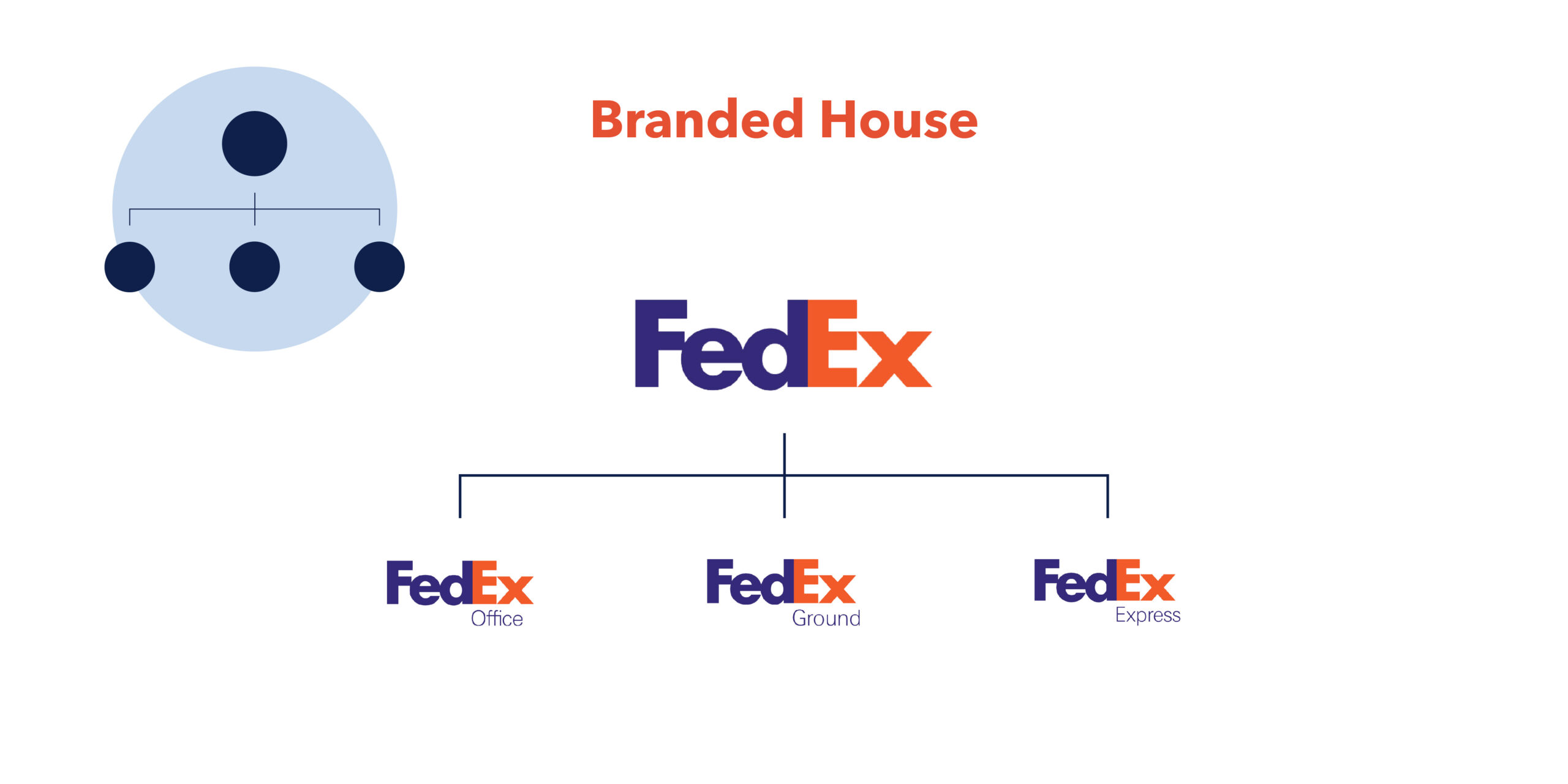
Communication
PRO: the possibility to exploit the image and notoriety of the main brand; lower communication costs because they are shared
CON: the risk of reputational damage to a sub-brand could extend to the main brand
Commercial
PRO: it forms economies of scale, thanks to the economic efforts focused on a single brand
CON: acquisition of new brands forces rebranding and the loss of equity
Internal Culture
PRO: a strong sense of brand-belonging by employees; the existence of a strong brand facilitates talent attraction
In contrast, in the ‘House of Brands’ model, the organisation operates a range of completely independent brands. This allows greater flexibility in the positioning of each individual brand, better market segmentation and the possibility to address different audiences without blurring the identity of each brand.
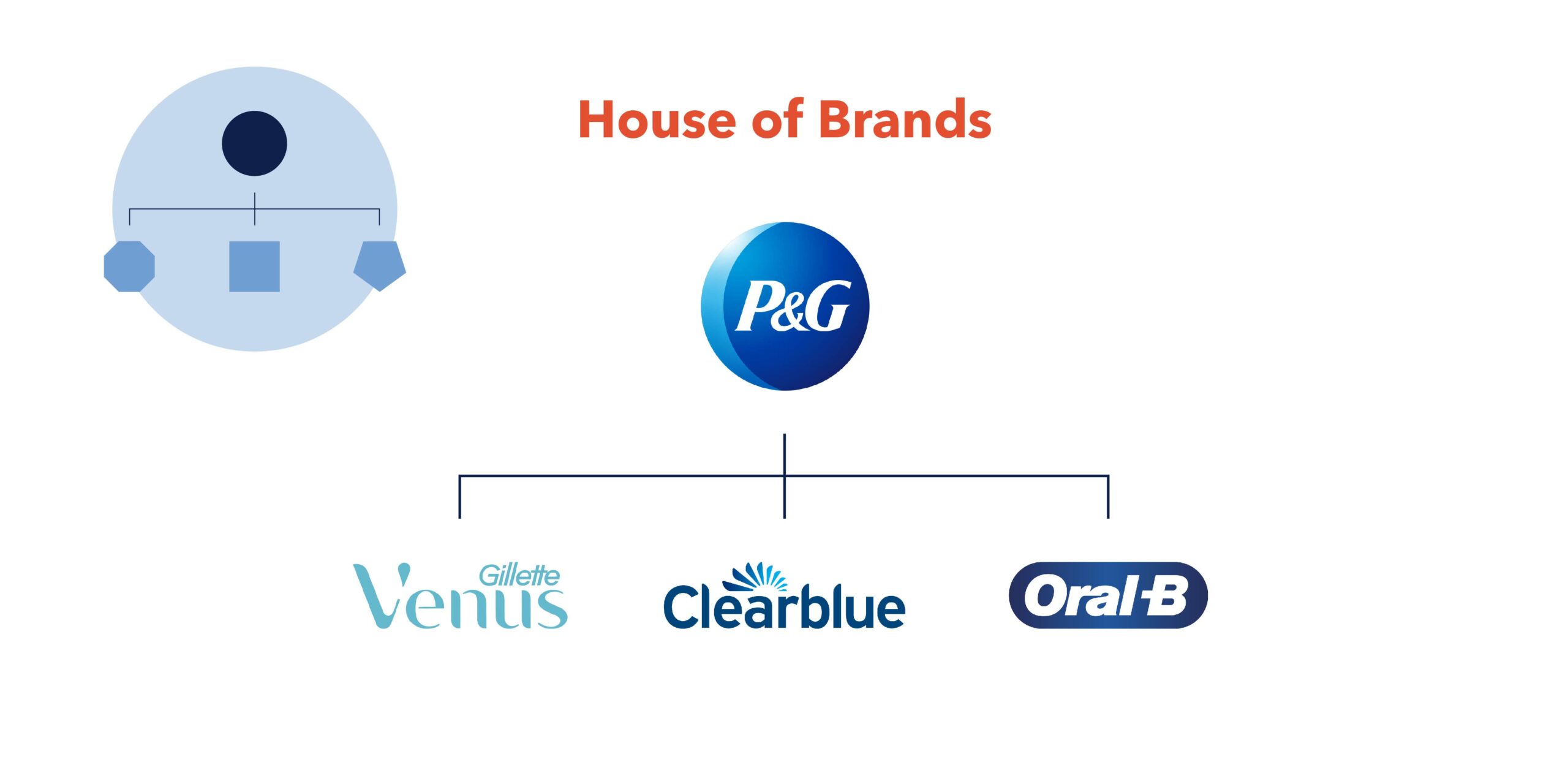
Communication
PRO: freedom and autonomy in adopting customised communication strategies
CON: risk of losing coherence in the group’s narrative, whose messages vary for each sub-brand
Commercial
PRO: greater diversification of business and investment opportunities
CON: lack of recognition of the main group/ brand; greater organisational and economic efforts
Internal Culture
PRO: each sub-brand can develop a distinctive internal culture
CON: the sense of belonging to the group requires more effort; the sharing of values and best practices must find a lowest common denominator

Since each brand is characterised by unique structures and thus distinct reactions to change, the two models listed above do not always provide adequate solutions. There is therefore an area where brand architecture offers different models, such as the ‘Hybrid‘ model or the ‘Endorsed‘ model.
And this is where, in our experience, most of the doubts and reflections are concentrated.
Following the acquisition of Altido, ChezNestor and Open, DoveVivo decided to unify the different operators under the same brand: Joivy. This union, guided by our strategic consultancy, required a gradual transition: a first step saw the retention of the acquired brands through the juxtaposition of an endorsement “by Joivy” (‘Endorsed Brands‘), to then arrive at the complete fusion and the definitive abandonment of the previous realities, in favour of a single international brand of living solutions.
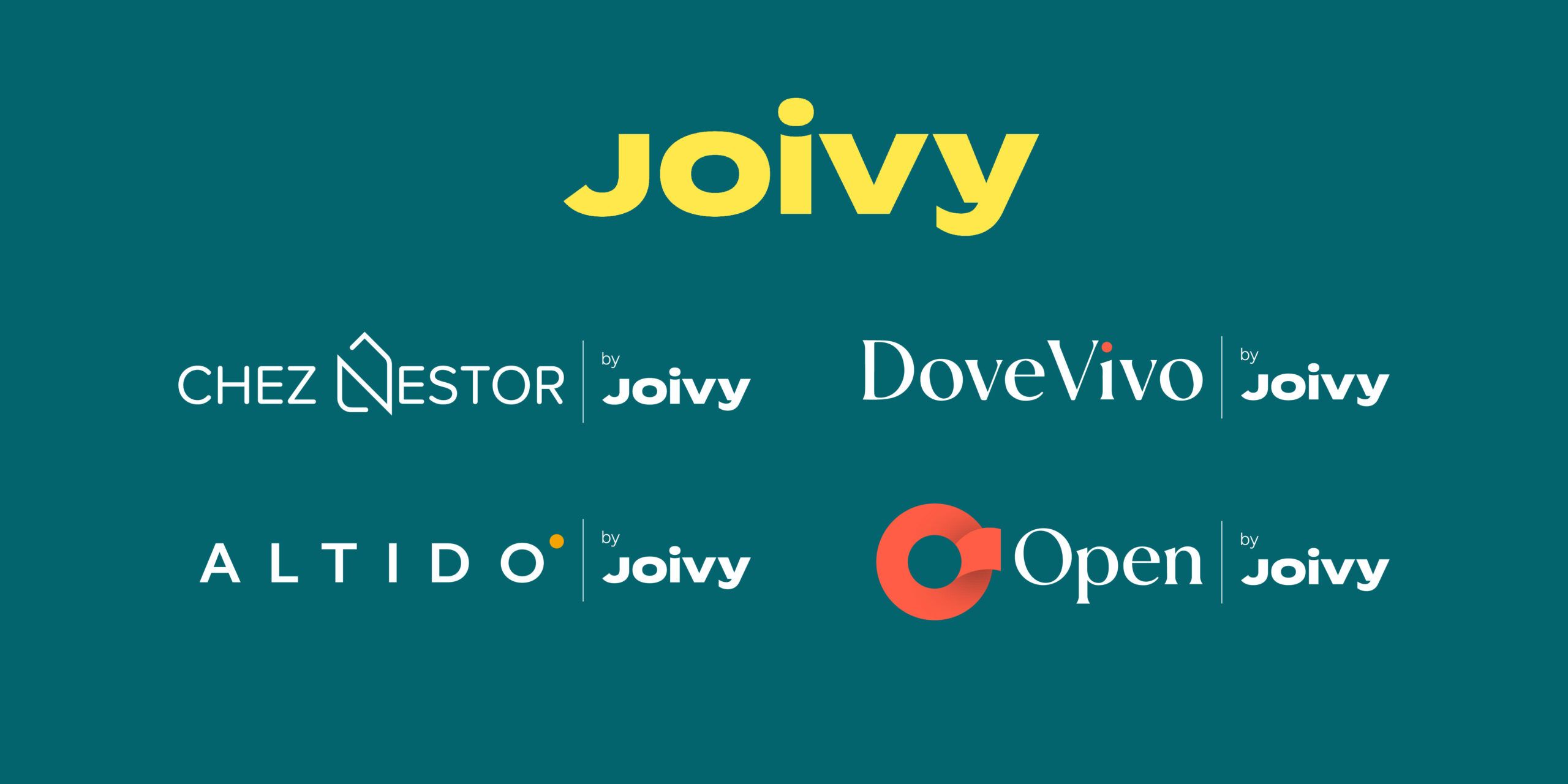
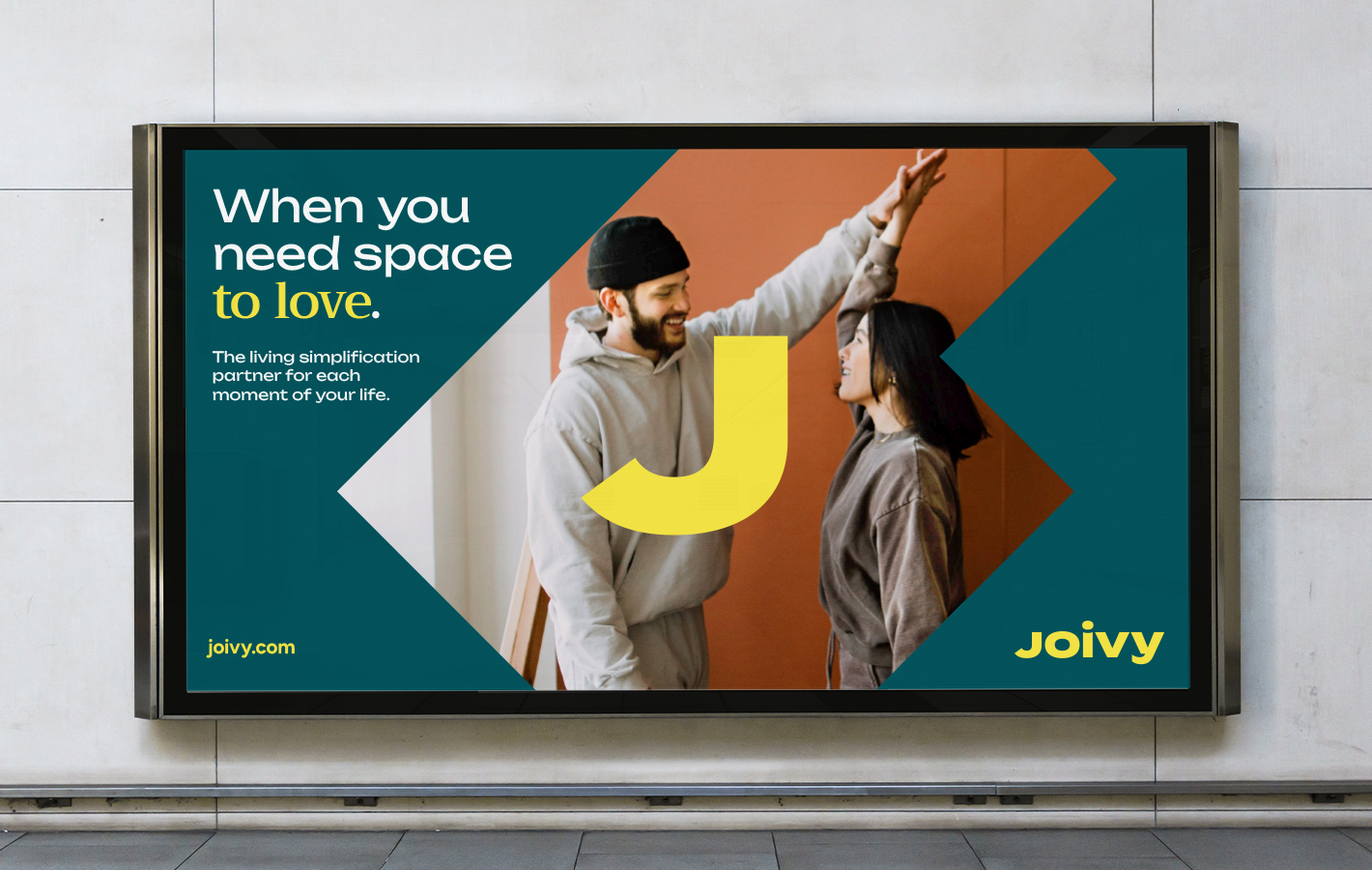
We subsequently had to undertake a second deep dive with the client, to create the in-house real estate brokerage division of Joivy.
The launch of the new brand and its Investments division were planned at the same time, so it was essential to maintain a strong visual link between the two realities. This led us to apply a ‘Branded House‘ model for Joivy, maintaining a strong visual consistency, to allow the corporate to create awareness effectively and solidify its equity.
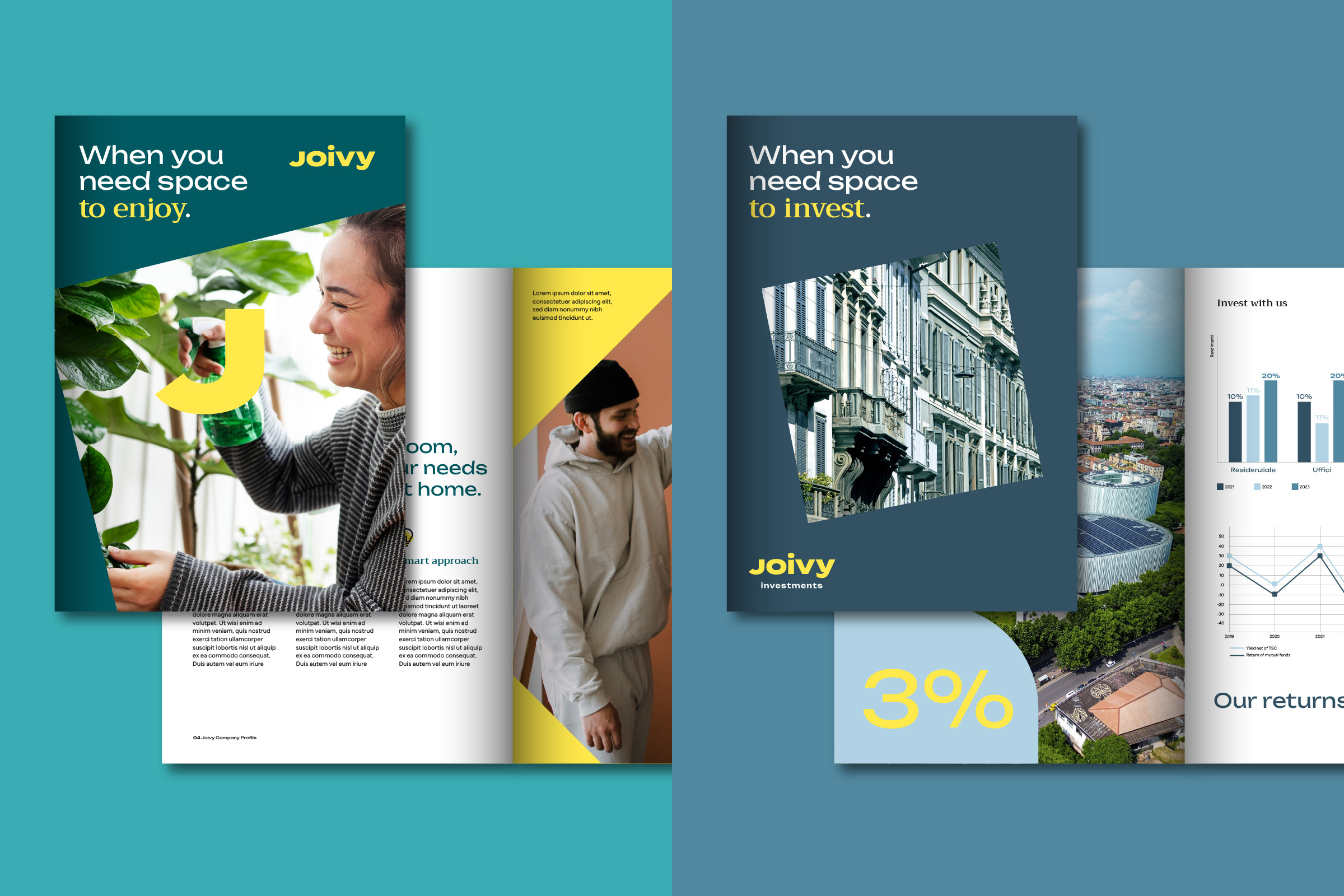
Openness, innovation, enterprise, growth: these are the value roots of the Sella Group, which have been translated and renewed in recent years through the birth of two new businesses: Lynfa, the Corporate Academy and Fabrick, the open banking platform.
We asked ourselves together with them which would be the right guidelines to direct the path of creation of these two new brands: to tend towards a ‘Branded House‘, thus maintaining the visual and verbal assets of the Group, or to break away towards a ‘House of Brands‘ model in order to enhance their DNA of values and their innovative “rupture” component?
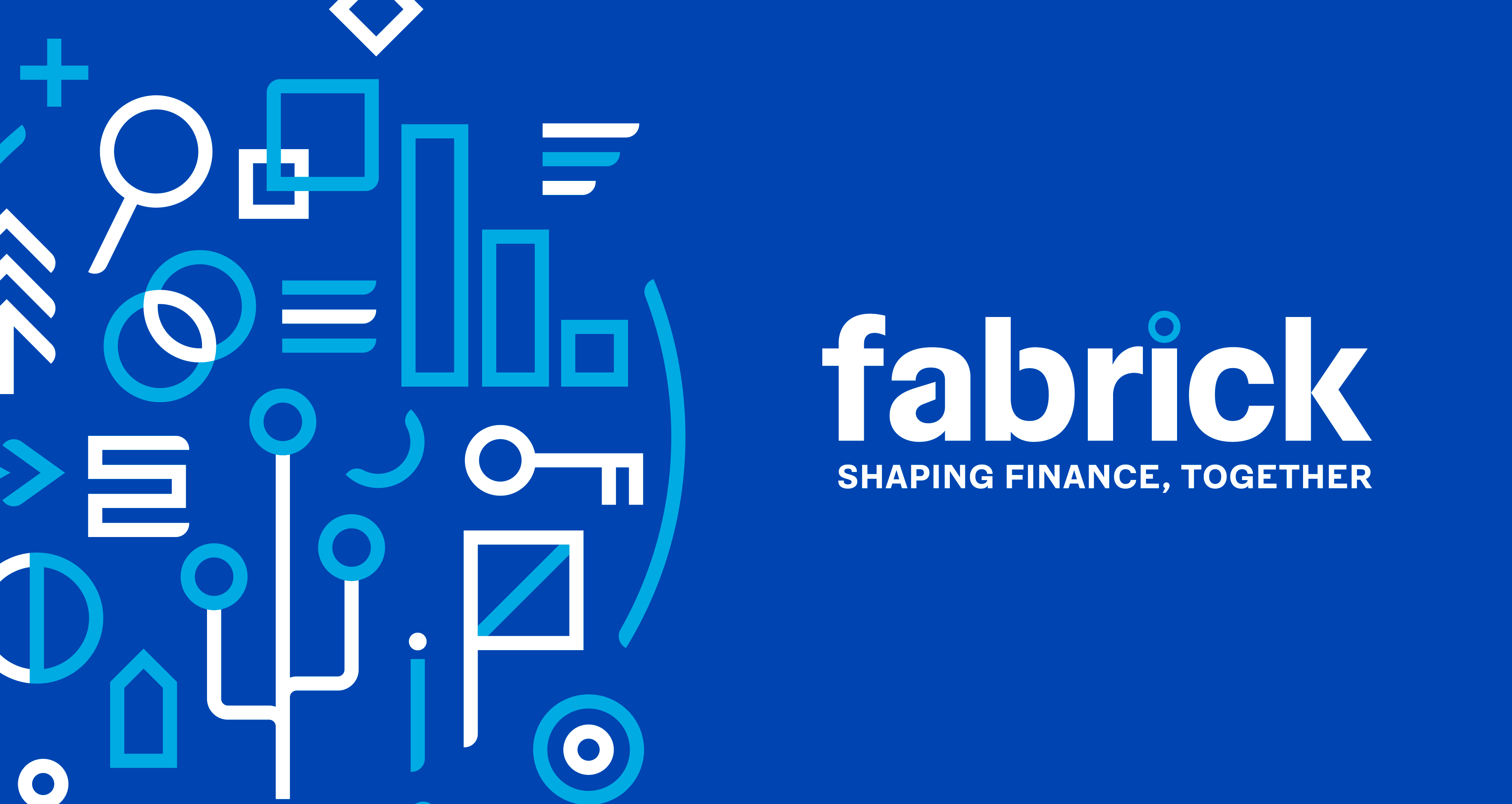
In both cases, the most courageous choice, that of moving away from the mother brand, was also the most strategic, because it is the one that allowed the two brands to be attractive and open to new talent (Lynfa) and collaborations between different financial players (Fabrick).
For many years we have been partners with Gi Group, an Italian multinational operating in the labour market sector. We have seen this reality grow and expand, opening up to new markets, acquiring new players and incubating new realities. With this evolution, the Gi Group consumer brand was no longer able to hold all these players together.
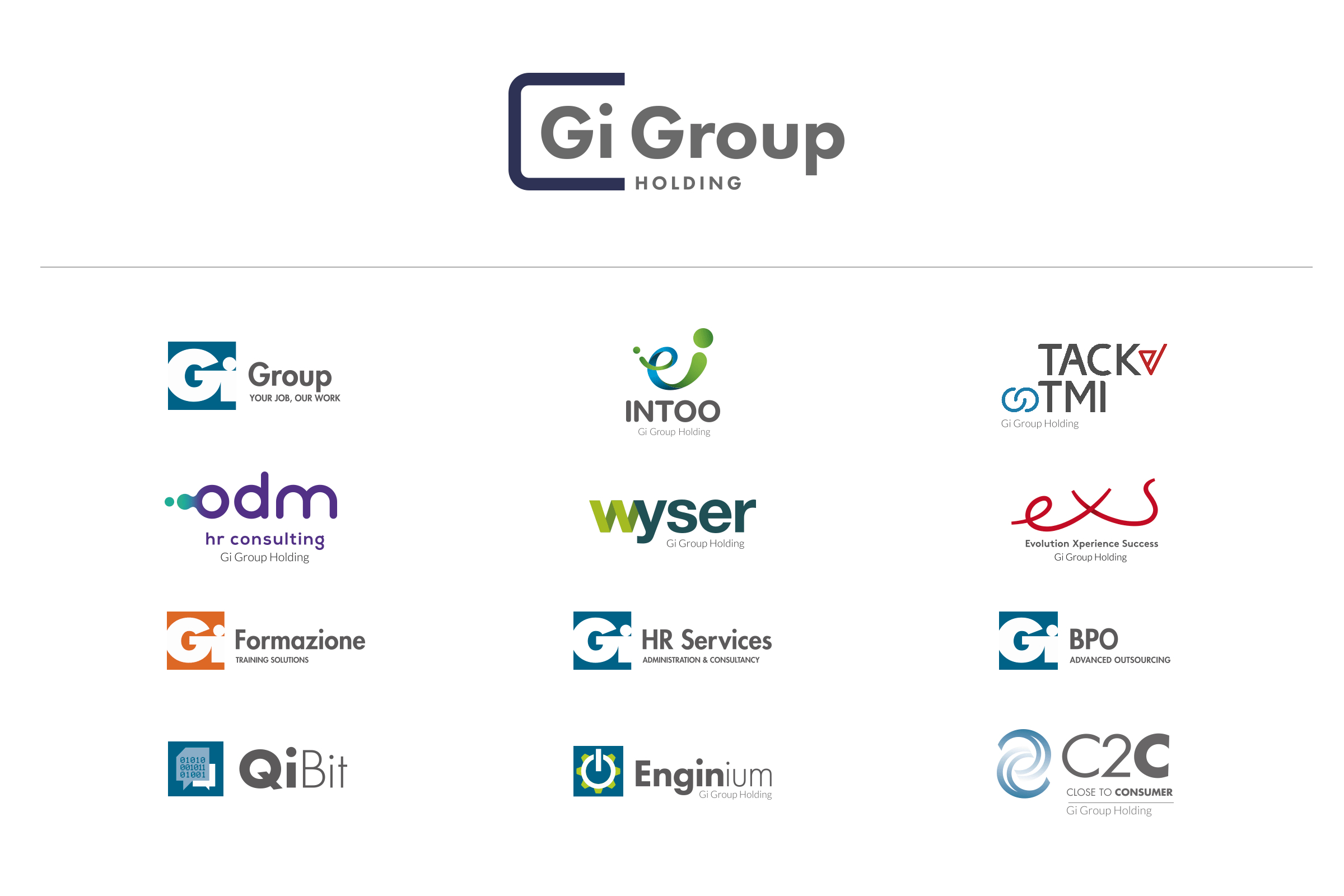
It was necessary to think of a brand architecture with a higher level, capable of acting as guarantor of all the players, creating order and eliminating this overlap in the common imagination between consumer brand and parent company. We thus accompanied the client in defining the positioning and strategic platform of Gi Group Holding.
This is how the endorsement “Gi Group Holding” is realised within the different company’s logos.

In conclusion, it is crucial to emphasise the importance of a Brand Architecture that is in perfect harmony with the company’s evolution and ambitions.
This strategic decision, crucial for success, is based on careful listening and a deep understanding of the user’s needs, key elements in our work as a branding agency. A well-designed Brand Architecture not only defines external identity, but it is also an internal tool for alignment and cohesion.
This approach aligns internal forces towards a common goal and clarifies the company’s vision to all stakeholders, laying the foundation for sustainable growth and the success of each product or service. In a constantly changing world, a solid and market-conscious Brand Architecture is a beacon that guides companies towards a prosperous future.